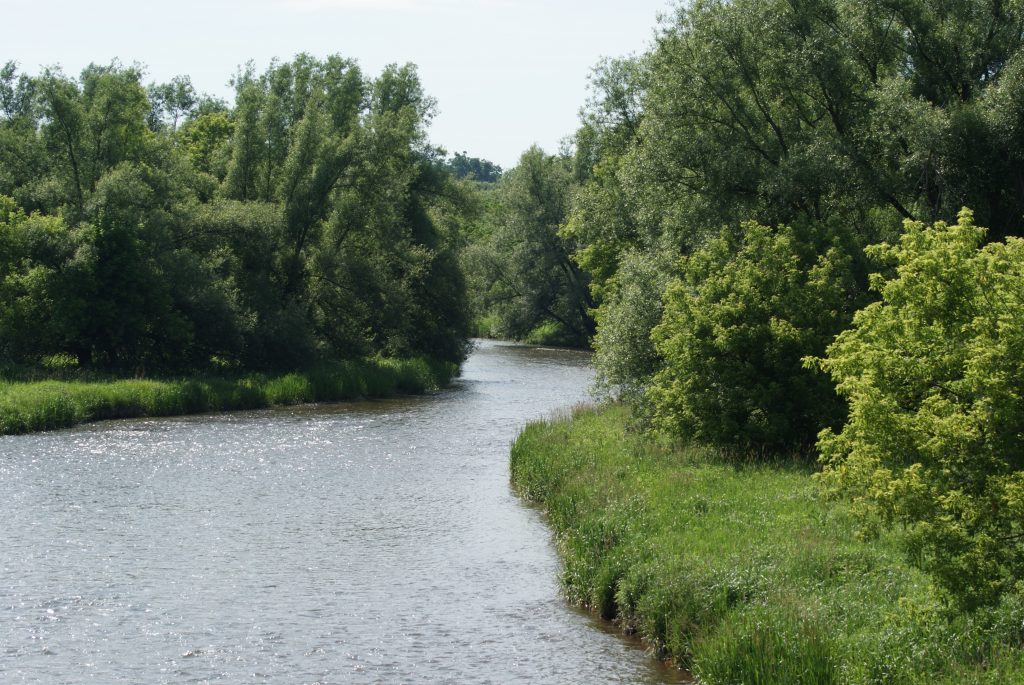It’s been a decade since these visionary, award-winning plans were established and every 10 years the government must review them to assess their effectiveness and determine how they can be improved.
The Greenbelt Plan and the Places to Grow Plan work together. The Greenbelt Plan permanently protects forests, wetlands, and farming areas from development and the Places to Grow Plan describes how towns and cities can grow.
Ontario’s 2015 review of these plans is a chance to improve how people and nature will thrive in the Greater Golden Horseshoe region as it grows.
Across the Greater Golden Horseshoe, from Niagara to Northumberland, we’ll be welcoming another 4.5 million people over the next 25 years. Where will all those people live? The Places to Grow Plan identifies where we should grow and provides enough land for generations of growth within our existing communities so we can grow in a sustainable way, where farmland and nature are not destroyed.
Unfortunately, some developers and municipalities want to turn back the clock, to an outdated pattern of growth, where farmland and forests are bulldozed in the Greenbelt to build more sprawling, car dependent subdivisions. We need your help to make sure that doesn’t happen.
We need to grow in a way that gets more people out of their cars. A recent TD Economics study identified that more housing options are needed near transit. Housing in the $300,000 range exists in places like Milton and Oshawa but those communities aren’t yet walkable or transit-friendly and require people to drive. Owning and operating a car adds thousands of dollars to annual household costs, increases time spent commuting and contributes to carbon emissions.
Not surprisingly, many homeowners would prefer to avoid long commutes. A 2014 RBC and Pembina Institute study found that 81 per cent of homebuyers would be willing to live in a smaller house if it was in a walkable community near rapid transit rather than buy a larger home and face longer commute times.
By strengthening the Places to Grow and Greenbelt plans we can help build thriving, livable communities connected by rapid transit.
How would these communities look? Imagine being able to walk to work, your local coffee shop, community centre or park, or take a quick train ride to other parts of the region. Imagine jobs and a diverse range of housing options available in walkable communities. Instead of planning our cities around cars, we could create vibrant urban areas for people, while the countryside will remain protected for farmland, clean water and nature.
To realize this vision we need to ensure growth happens primarily in existing urban growth centres. That means redeveloping our main streets, building midrise developments near subways and go stations, providing more housing choices for all Ontarians near public transit.
Some of this is already happening. Across the Greater Golden Horseshoe, downtowns are being revitalized and reinvigorated. Hamilton and Waterloo are just two examples. And some new greenfield developments, like Mattamy Homes’ Mount Pleasant Village in Brampton, are prioritizing more efficient models, like townhomes located within walking distance of GO stations.
Building more intensive, efficient communities makes it more affordable to provide services like regional rapid transit and light rail transit that get us to work and home quickly so we can spend time doing what we want instead of sitting in traffic.
By growing smarter we can protect the Greenbelt’s almost 2 million acres of valuable land – land used for farming to support a local food economy, watersheds that provide clean water resources, forests that help our shared climate and natural spaces for wildlife and bees.
Ontario’s Greenbelt Plan and Places to Grow Plan work together to protect our resources while encouraging sustainable growth. Now that’s a winning combination.
Help protect clean water resources, stand up for nature and forests, support local food and farmland! Tell Ontario to strengthen the Greenbelt.
You can also make your voice known by attending a public consultation meeting in your community. Stay tuned for more ways to get involved!







